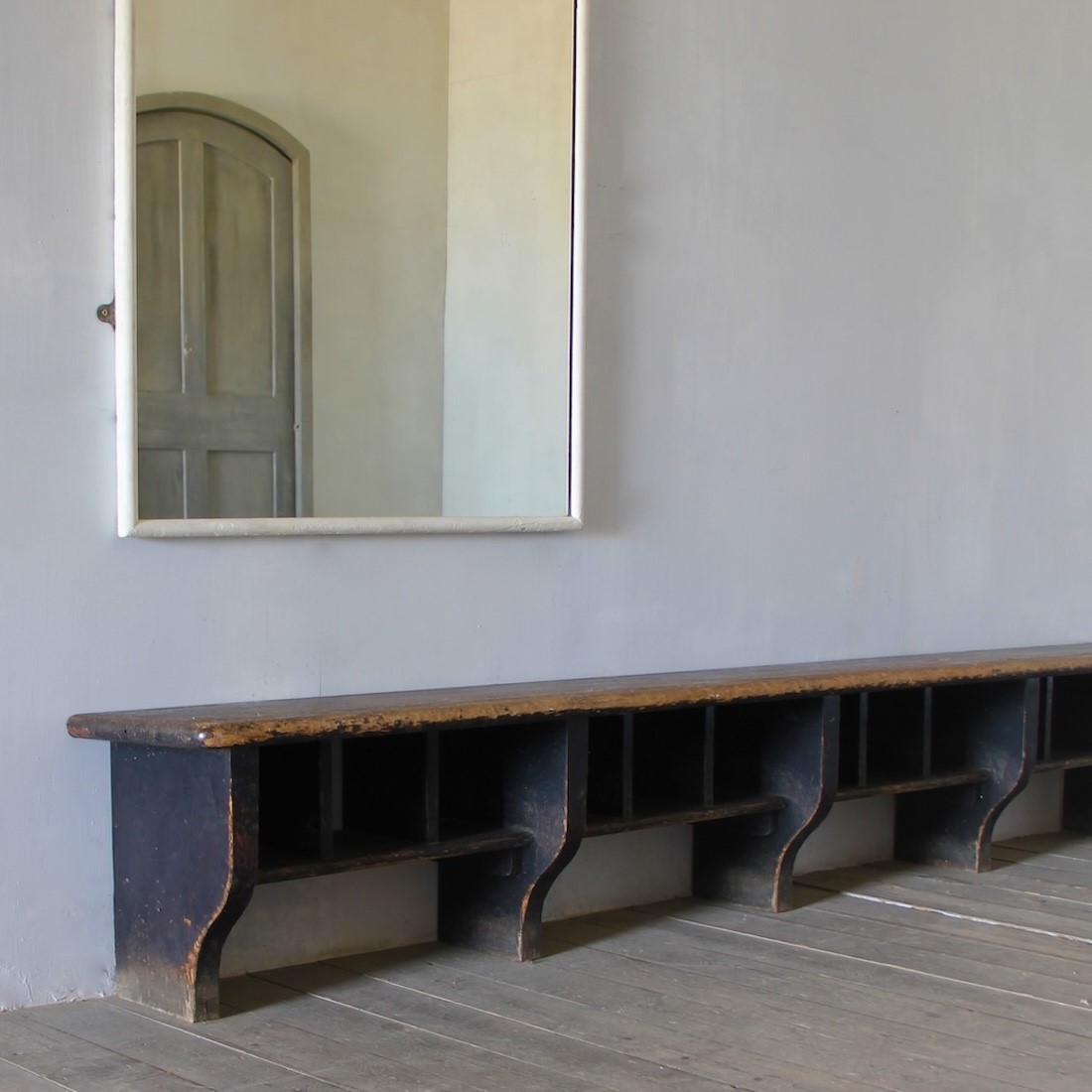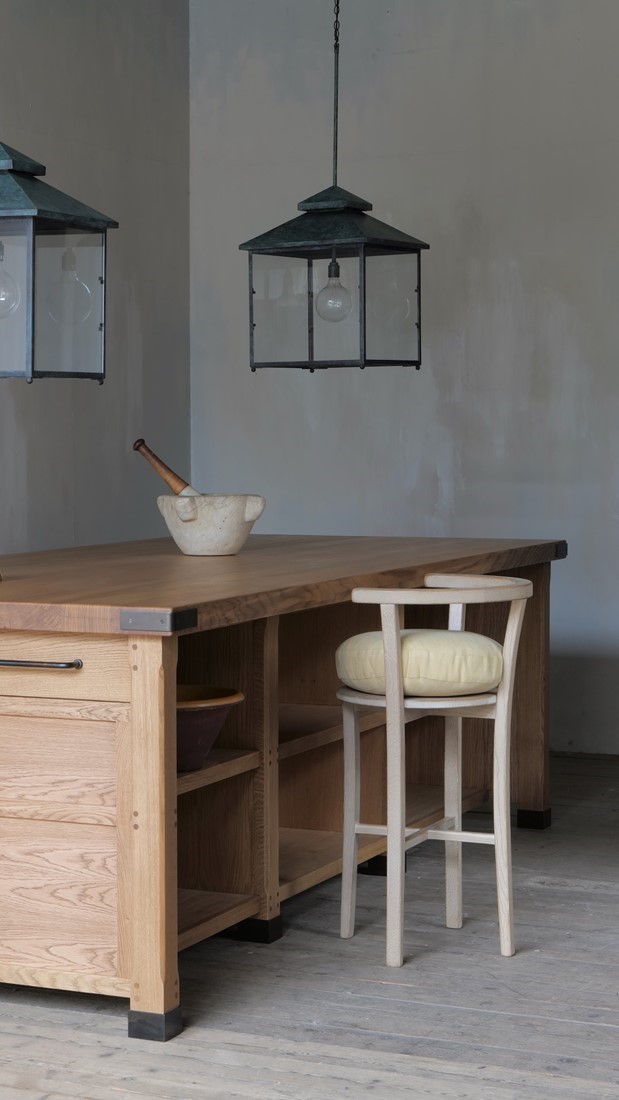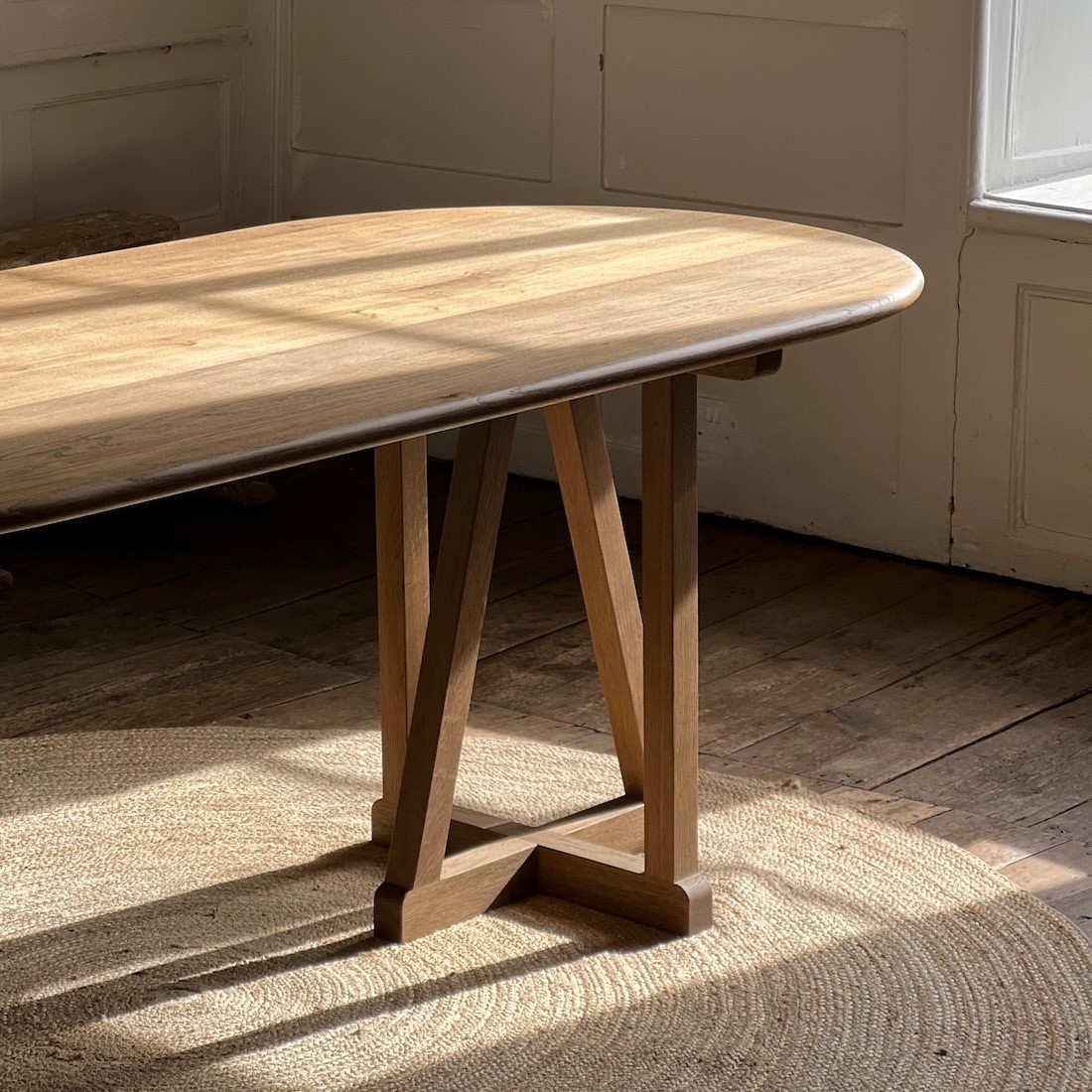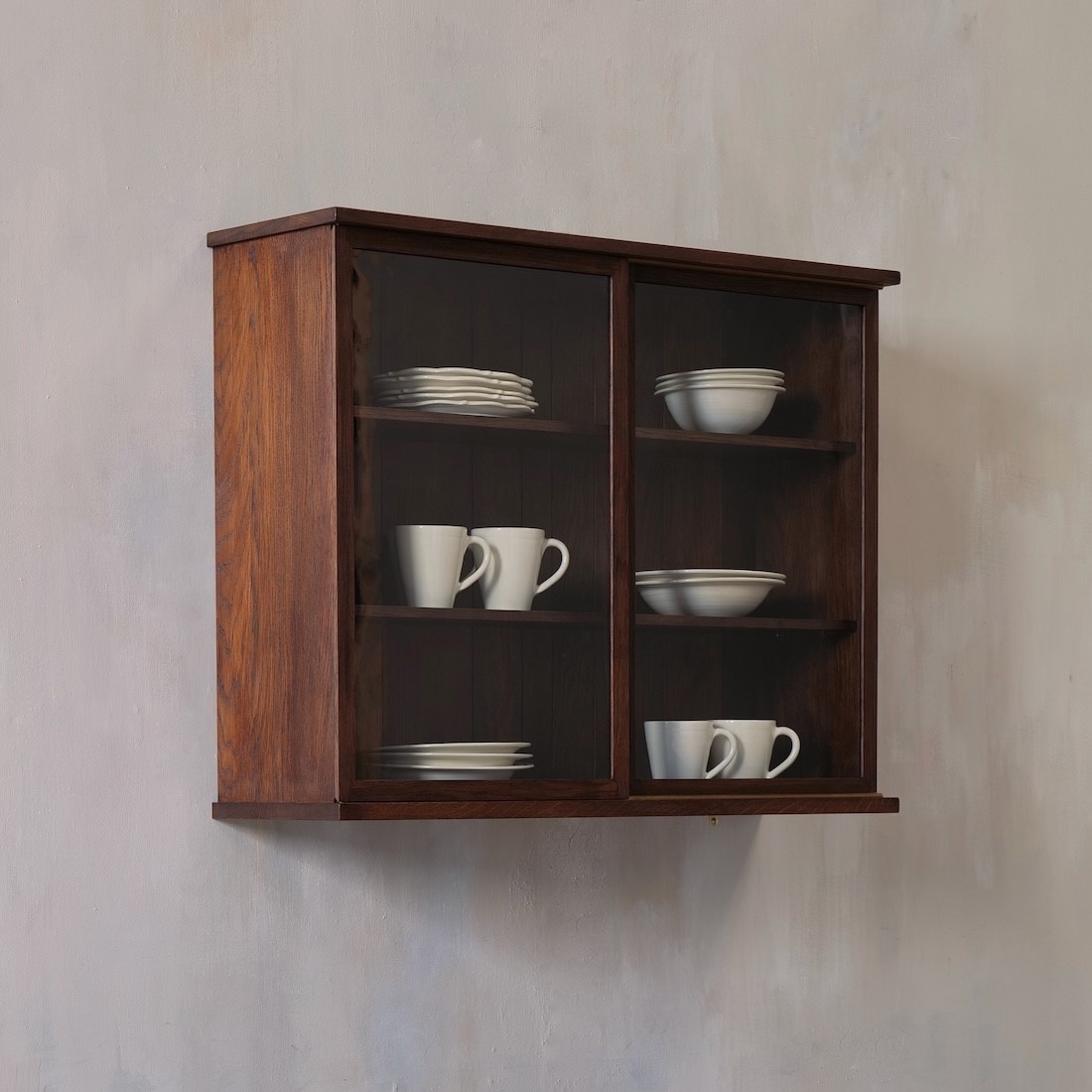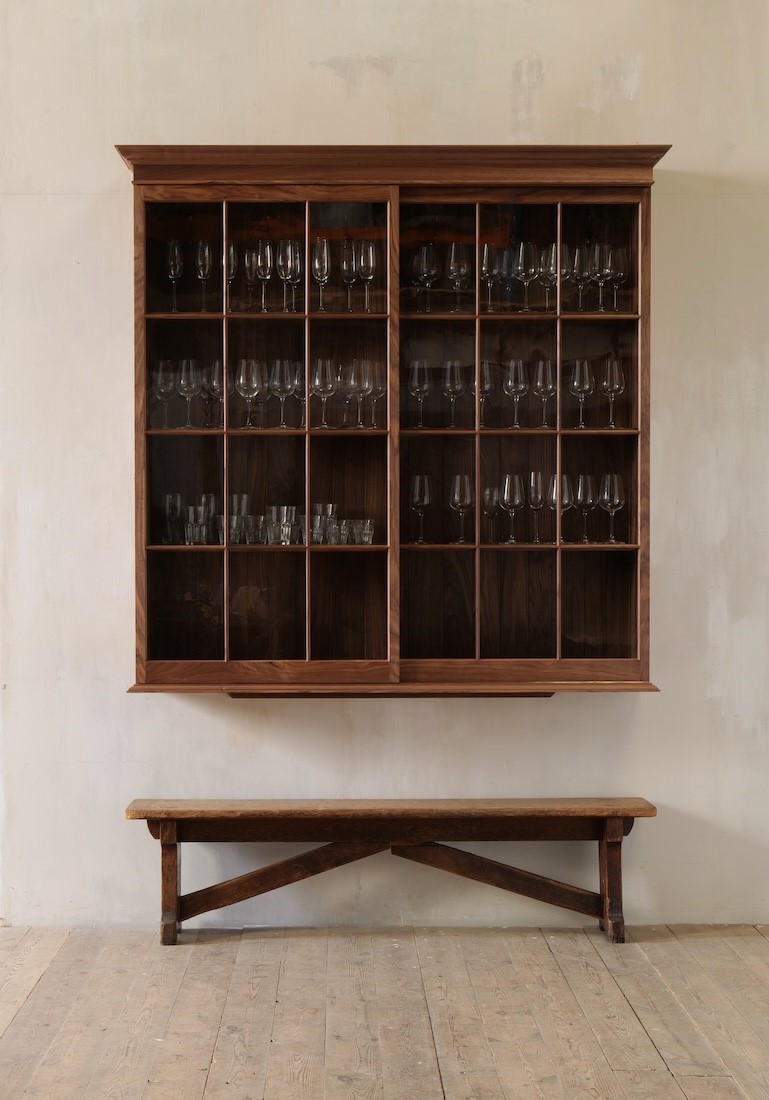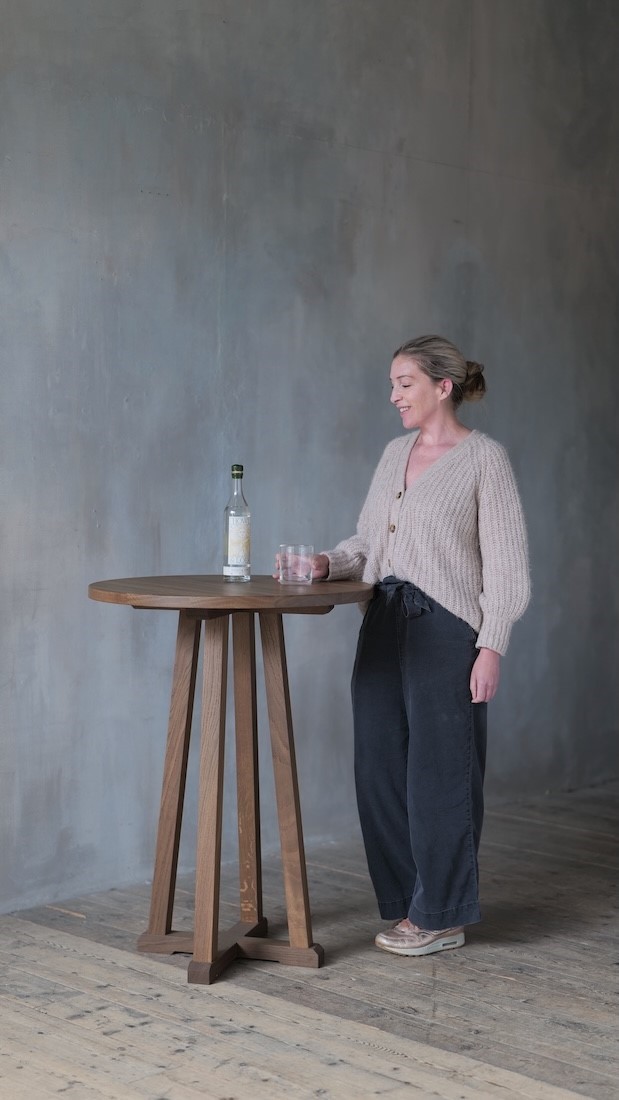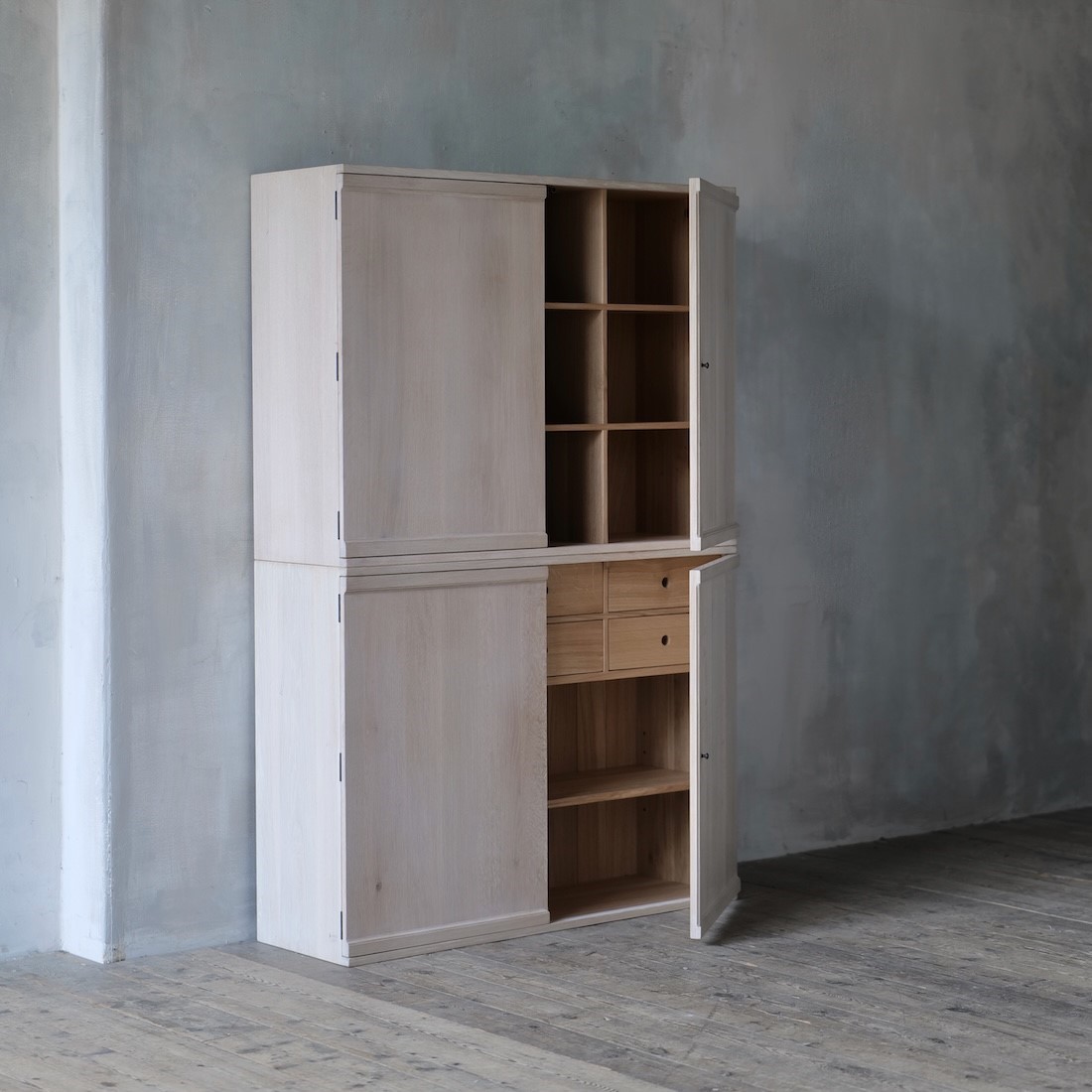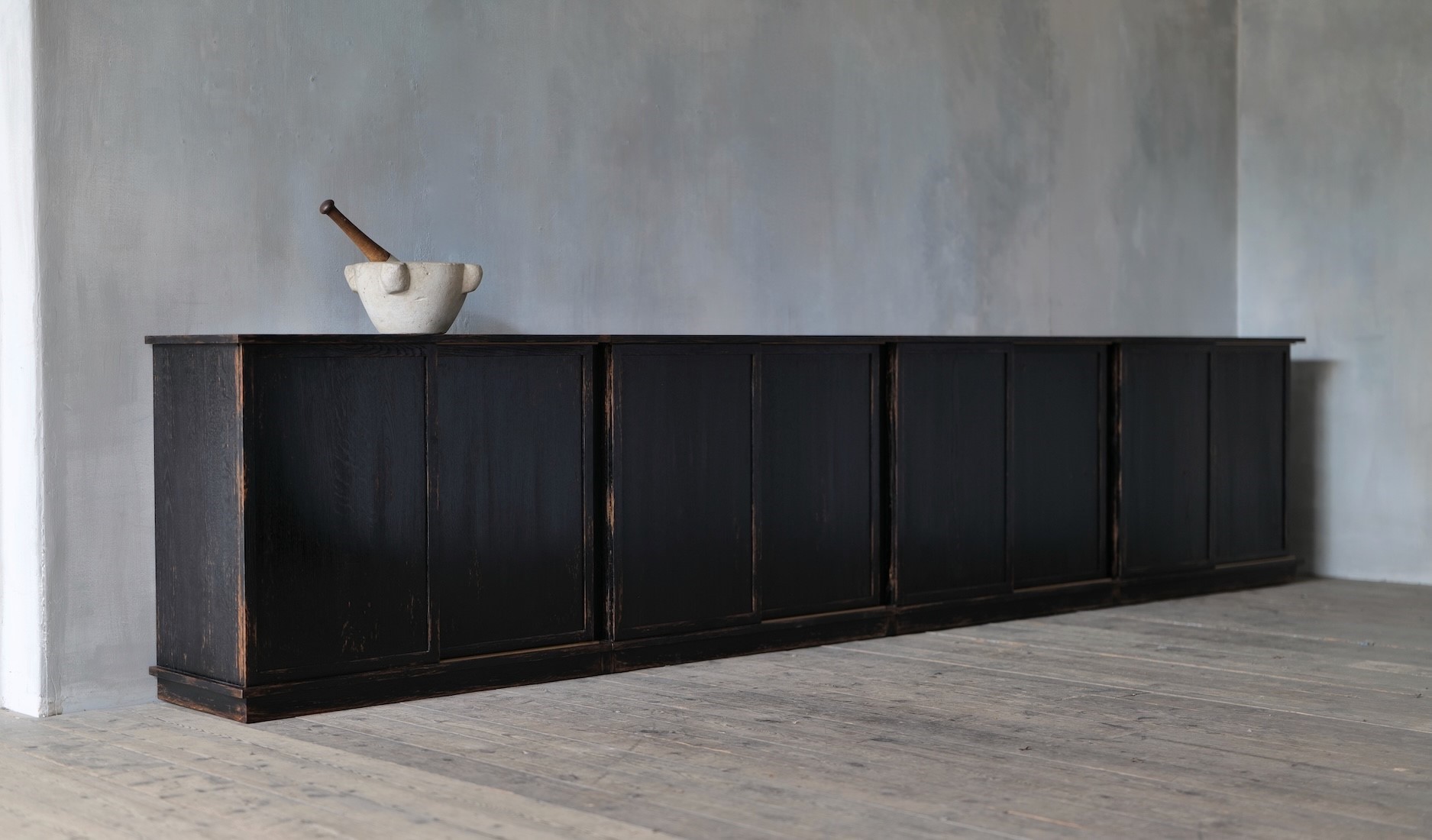Aesthetics & sustainability
As an antique dealer, you understand that styles come into fashion in cycles but you also learn that certain design attributes remain desirable (no matter what we’re told is ‘in’ or ‘out’) helping pieces survive the centuries and avoiding the indignities of bonfires and skips.
To begin with, a freestanding piece has a far greater chance of survival – anything ‘fitted’ is generally ripped out and disposed of within a matter of years.
Natural materials also play their part in extending the lifespan of a piece of furniture, as they tend to be valued more highly than their synthetic counterparts, both intrinsically and for the patina they acquire. Today those pieces are far more likely to be saved and reused in new interior schemes or coveted by the next generation when lumped with their inheritance.
The final piece of the aesthetic sustainability jigsaw is design. The less detail a piece has, the more versatile it becomes, both in terms of time and space. Tragic as it now sounds, during the 60s and 70s, much of our Regency and Victorian painted furniture was stripped of its original decoration to make it desirable enough for a new generation.
It goes without saying that all these pieces need to be made well enough to survive the centuries but that’s a discussion for another day. More soon!

